Cultivating a Wildlife Oasis: How to Transform Your Backyard into a Haven for Birds, Bees, and Butterflies
Imagine stepping into your backyard and being greeted by a symphony of bird songs, the gentle hum of bees, and the graceful fluttering of butterflies. Creating a wildlife oasis right outside your door is not only a delightful endeavor but also a meaningful contribution to biodiversity conservation. In this blog post, we'll explore the steps to transform your backyard into a haven for birds, bees, and butterflies, fostering a thriving ecosystem in the process.
1. Understanding the Importance of Backyard Wildlife Habitats: Before diving into the practical aspects, it's essential to understand why backyard wildlife habitats matter. By cultivating diverse plant species and providing food, water, and shelter, you can create a mini-ecosystem that supports local biodiversity. Birds, bees, and butterflies play crucial roles as pollinators, contributing to the reproduction of many plant species, including those we rely on for food.
2. Planning and Designing Your Wildlife-Friendly Garden: Start by assessing your backyard's current layout and considering factors like sunlight, soil type, and available space. Choose native plants that are well-adapted to your region, as they provide essential food sources and habitat for local wildlife. Aim for a variety of plant species to attract a diverse array of pollinators, and incorporate features like bird feeders, bee houses, and butterfly puddling areas into your design.
3. Providing Food, Water, and Shelter: Ensure your backyard offers a reliable source of food, water, and shelter for birds, bees, and butterflies. Plant nectar-rich flowers to attract pollinators, set up bird feeders stocked with a variety of seeds, and install bird baths or shallow water features for drinking and bathing. Create sheltered areas with trees, shrubs, and nesting boxes to provide refuge and nesting sites for wildlife.
4. Embracing Bee-Friendly Gardening Practices: Bees are essential pollinators, responsible for pollinating many of the fruits, vegetables, and flowers we enjoy. Support bee populations by avoiding the use of pesticides, planting a diverse range of flowering plants, and providing nesting opportunities through bee houses or bee hotels.
5. Cultivating a Butterfly-Friendly Environment: Butterflies are not only beautiful to behold but also important pollinators and indicators of ecosystem health. Create a welcoming habitat for butterflies by including both host plants for caterpillars and nectar plants for adult butterflies. Additionally, consider adding a butterfly puddling area—a shallow dish filled with damp sand or mud—to provide essential minerals.
6. Maintenance and Community Engagement: Regular maintenance is key to ensuring your backyard wildlife habitat remains healthy and vibrant. Monitor plant health, keep bird feeders and baths clean, and avoid the use of chemical pesticides that can harm wildlife. Share your passion for wildlife gardening with friends, neighbors, and community members, and encourage them to join in creating wildlife-friendly spaces in their own backyards.
Conclusion: Transforming your backyard into a haven for birds, bees, and butterflies is a rewarding journey that not only enhances your outdoor experience but also contributes to the conservation of biodiversity. By embracing wildlife-friendly gardening practices and fostering a welcoming environment for local wildlife, you can play a vital role in creating a more sustainable and resilient ecosystem—one backyard at a time.
Start your wildlife gardening adventure today, and watch as your backyard blossoms into a thriving oasis of life and beauty.
Check out our latest podcast episode where we dive deep on this topic HERE


